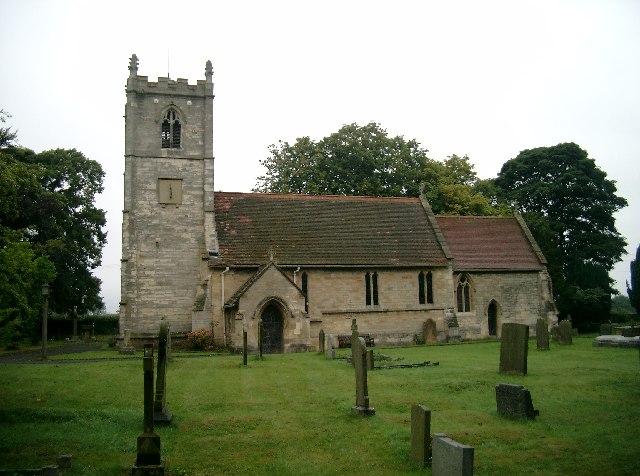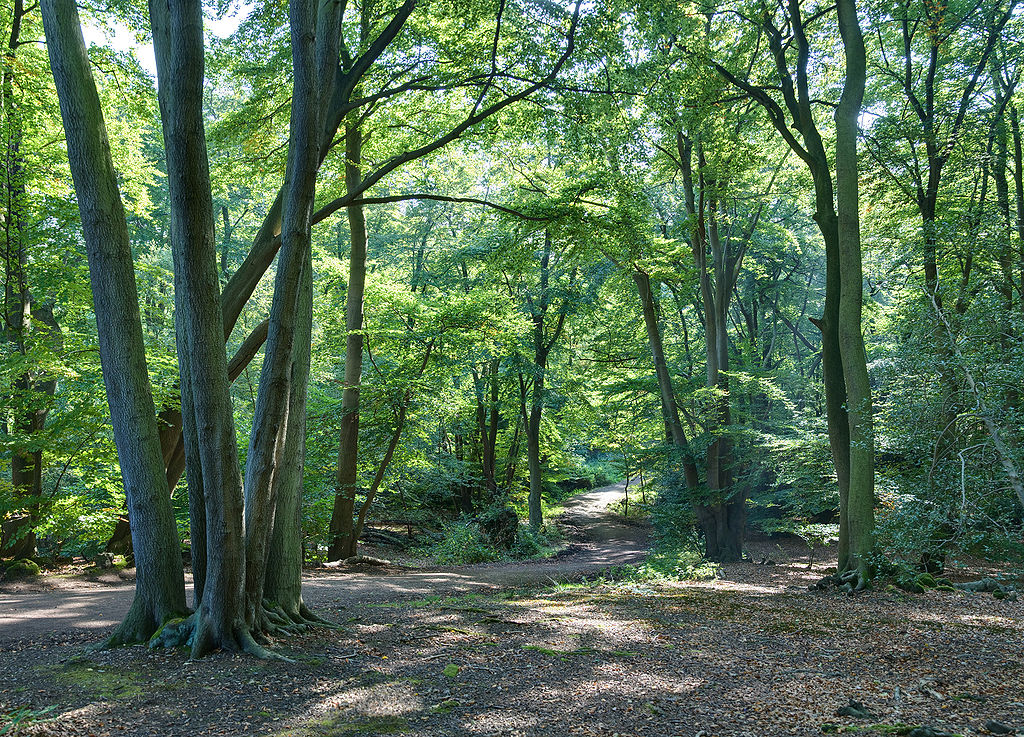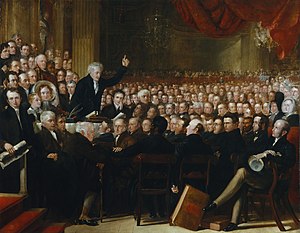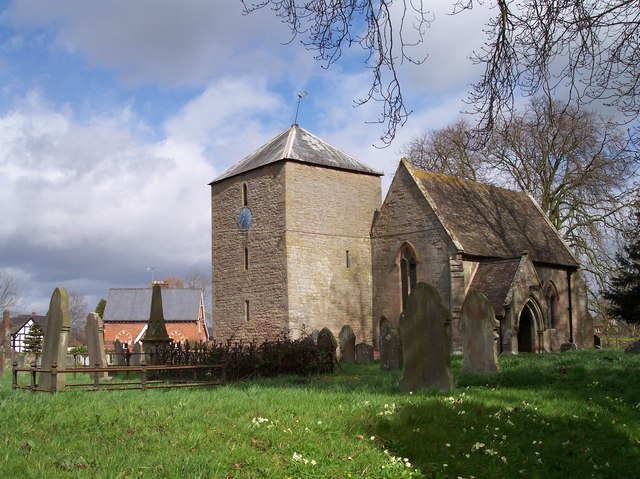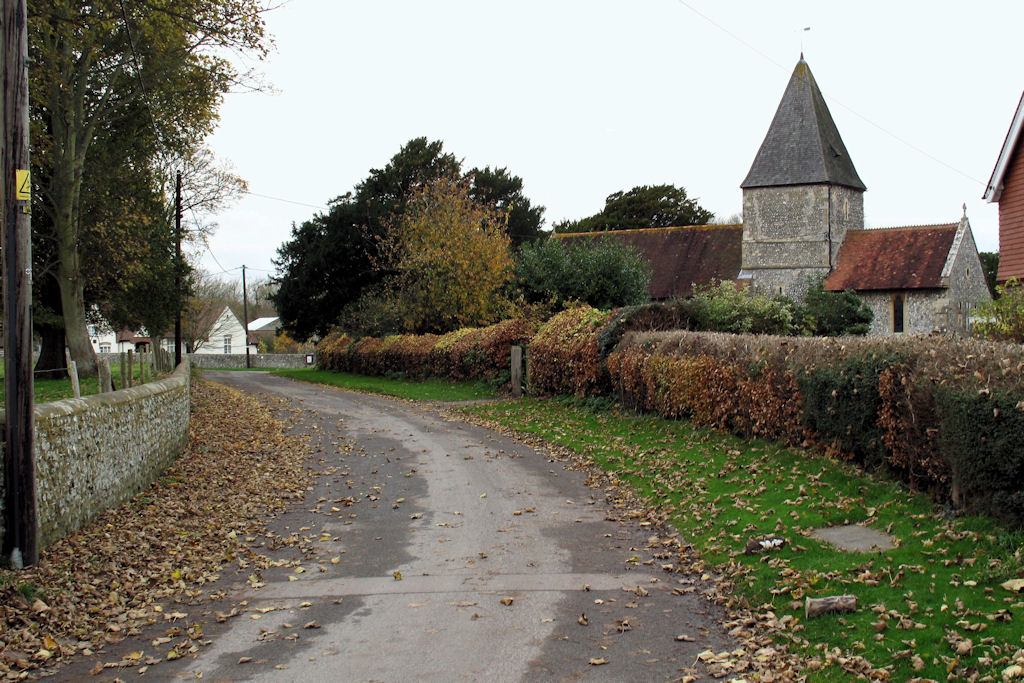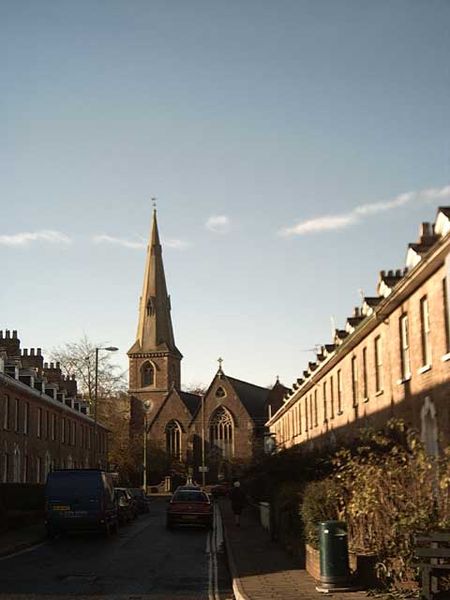The Edgars were from Suffolk and the Stephensons from the small villages to the south-west of York. It seems that neither family had much (perhaps anything) to do with the national capital. But, after the financial ruin of his father Thomas, my grandfather Herbert Sidney Edgar took up a job with the City of London police. A bit later he decided to become a soldier; he joined up in London, and that began a period - perhaps the first in the joint histories - of involvement with what at the time was the most important city on the planet.
Arthur Stephenson’s memoir of his early years does not mention Jackson Street, Woolwich, but I think it’s probable he did spend some time there with his mother, step-father and brother (my father Thomas), and, eventually, with the new baby, Wilfred. If I’m right, Arthur would have been about five when the family arrived, and about ten when they left, so this would have been an important period in his childhood.
My grandfather (Arthur’s stepfather) joined the Royal Artillery in Woolwich (south-east London) on March 29, 1901. He was posted thereafter to India, Hampshire and other places, but when he married Alice Stephenson in Knightsbridge on December 27, 1911 the couple were planning to live at 36, Jackson Street, Woolwich.
The Royal Artillery Barracks is about ten minutes from Jackson Street; I assume that’s why the family were living there:
By Kleon3 – Own work, CC BY-SA 4.0, https://commons.wikimedia.org/w/index.php?curid=46699382
They – or at least Alice – were still there when he signed up for extended service in August 1912. Nevertheless, when my father, Thomas, was born on May 3, 1912 she must have been with her husband at Bordon Camp in Hampshire, because that’s where his birth was registered. Bordon Camp is also mentioned by Arthur in his memoir of his early years, so perhaps 36, Jackson Street was rented out. In any case, it seems that while they were in possession of (or themselves renting) the property Herbert was living in barracks and Alice was sometimes (at least) with him.
The couple’s third son, Wilfred, was born in Woolwich in the first quarter of 1914, and, when Herbert left full-time army service and went into the Reserve in June the couple were still in Jackson Street. Herbert was quickly brought back into full-time service when war broke out in August. He worked as a driver and served on the Western Font, but otherwise little is known about his experiences.
When he was finally demobilised in June 1919, it was to a new address: Alice and her family had moved to 3, Prince Consort Villas in Windsor. It is probable that in its early days the household consisted of Alice, her mother Eliza, Arthur, Thomas and Wilfred. Eliza died in the first quarter of 1917 and is buried in Windsor, so they must have left Woolwich before then, probably in 1915 or 1916.
On a recent visit to London I got off the train at Woolwich Arsenal and walked to Jackson Street, about a mile and a half away. Most of the houses are obviously not the ones that existed in the period 1911-1916 when the family were living there.
This community centre is portably not too far from the old number 36:
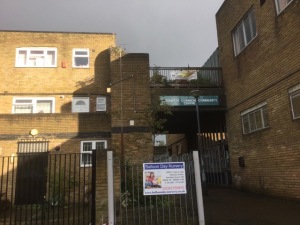
One reason for the absence of the original properties is that on March 17, 1945 a German V-2 rocket destroyed some of the area around Jackson Street, killing 14 people and injuring 144. It was presumably aimed at the Barracks, which was a frequent target for such missiles. It seems that the whole area was redeveloped in the 1970s
In the period our family in Jackson Street, there was a pub, the Manor Arms, at number 5 and another one nearby, The Barrack Tavern, opposite the Common. You can see a photo of the Barrack Tavern here:
http://www.dover-kent.com/2014-project-c/Barrack-Tavern-Woolwich.html
http://www.dover-kent.com/2014-project-c/Barrack-Tavern-Woolwich.html
Herbert had a certificate saying he hadn’t been seen drunk on or off duty for the last three years of his army service, and when I knew him in the 1950s I don’t remember him drinking at all. Alice used to like Guinness, but not in huge quantities, so I guess these pubs didn’t play a huge part in their lives.
What might have been important for the children, though, is nearby Woolwich Common:
This is what a part of the common close to Jackson Street looked like in those days:
About 1900: Houses alongside the Common and the Major Little Fountain (Wikipedia)
I can imagine my grandmother taking Arthur - who would have been 9 or 10 when he left Woolwich - and my father (six years younger) to the Common for childhood fun and games.
As well as being an obvious place for such activities, there was plenty to see on and around the Common. St George’s the garrison church opposite the barracks, was completed in 1863 and destroyed by one of the German flying bombs (in this case a V-1 on July 14, 1944).

By Kleon3 – Own work, CC BY-SA 4.0, https://commons.wikimedia.org/w/index.php?curid=45557854
If Arthur ever went inside it would probably still have looked pretty much as it had done half a century earlier:
:

Unknown artist, 1865 (Wiki article on St George’s Garrison Church, Woolwich).
I think it likely that Arthur did sit in this building, as he's known to have attended the garrison church (Holy Trinity) after the family's move to Windsor.
The Common was used for horse training, shooting practice and other military activities. The officers from the barracks had their own uses for it, as this image from just before Arthur’s probable residence there shows:

Officers playing polo on bikes, 1910: By Unknown – http://media.iwm.org.uk/iwm/mediaLib//8/media-8190/
My guess is that the Jackson Street that our family knew was a working class community with strong links to the army. Herbert was a gunner (the artillery equivalent of private) and Alice a domestic servant, perhaps already taking in lodgers as she was to do in Windsor – and I think that kind of background would have been fairly typical. During my time in London I walked a lot around what used to be called ‘the East End’ - I think Woolwich is usually considered as on the fringes of this area. Most of the Victorian housing that characterised it has gone the way of Jackson Street. With it a whole way of life – with its good and its bad aspects – has disappeared. Perhaps ironically, the Victorian terraces that the family occupied in Windsor are still there, but these properties now sell for over £400,000!




